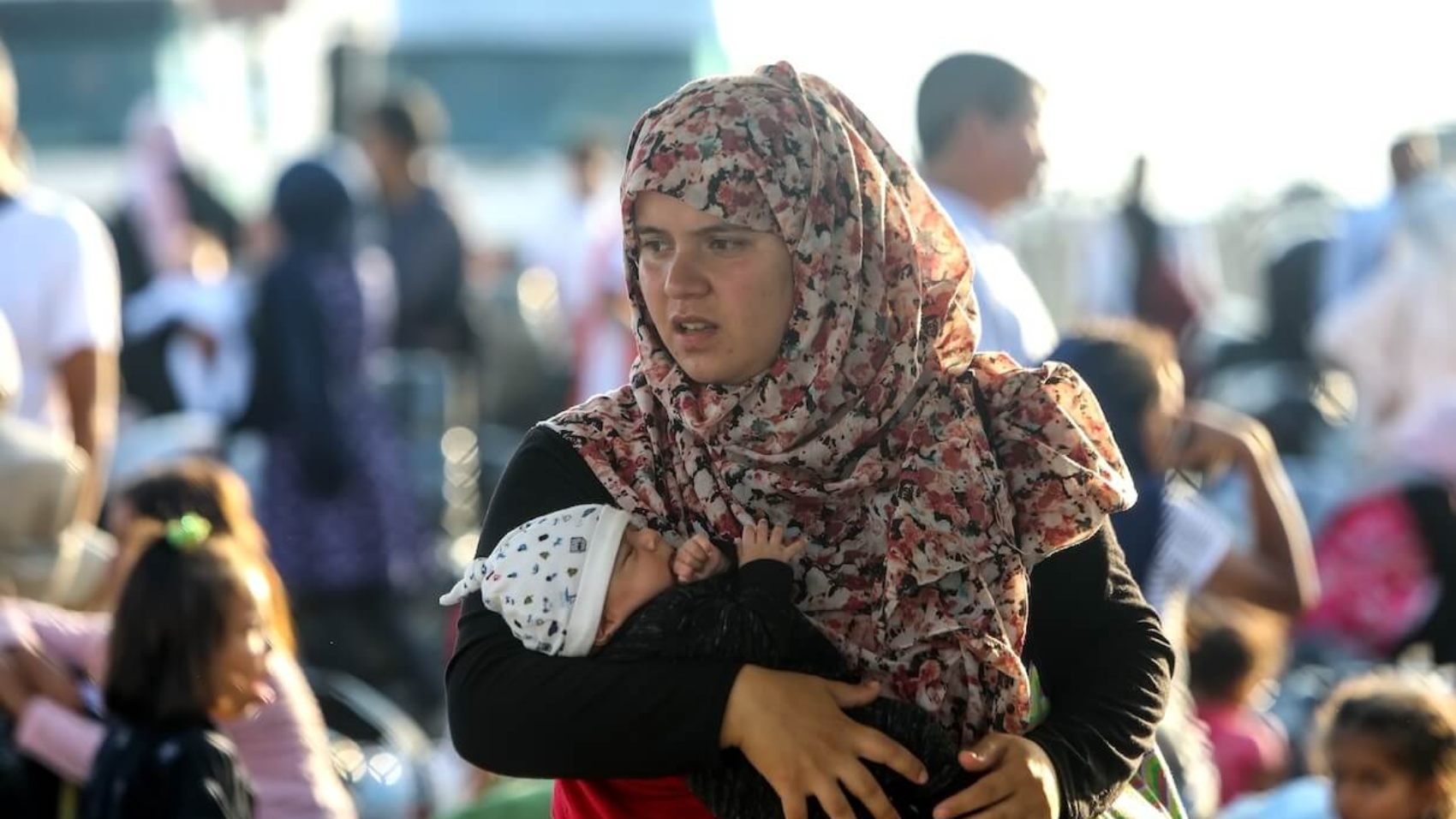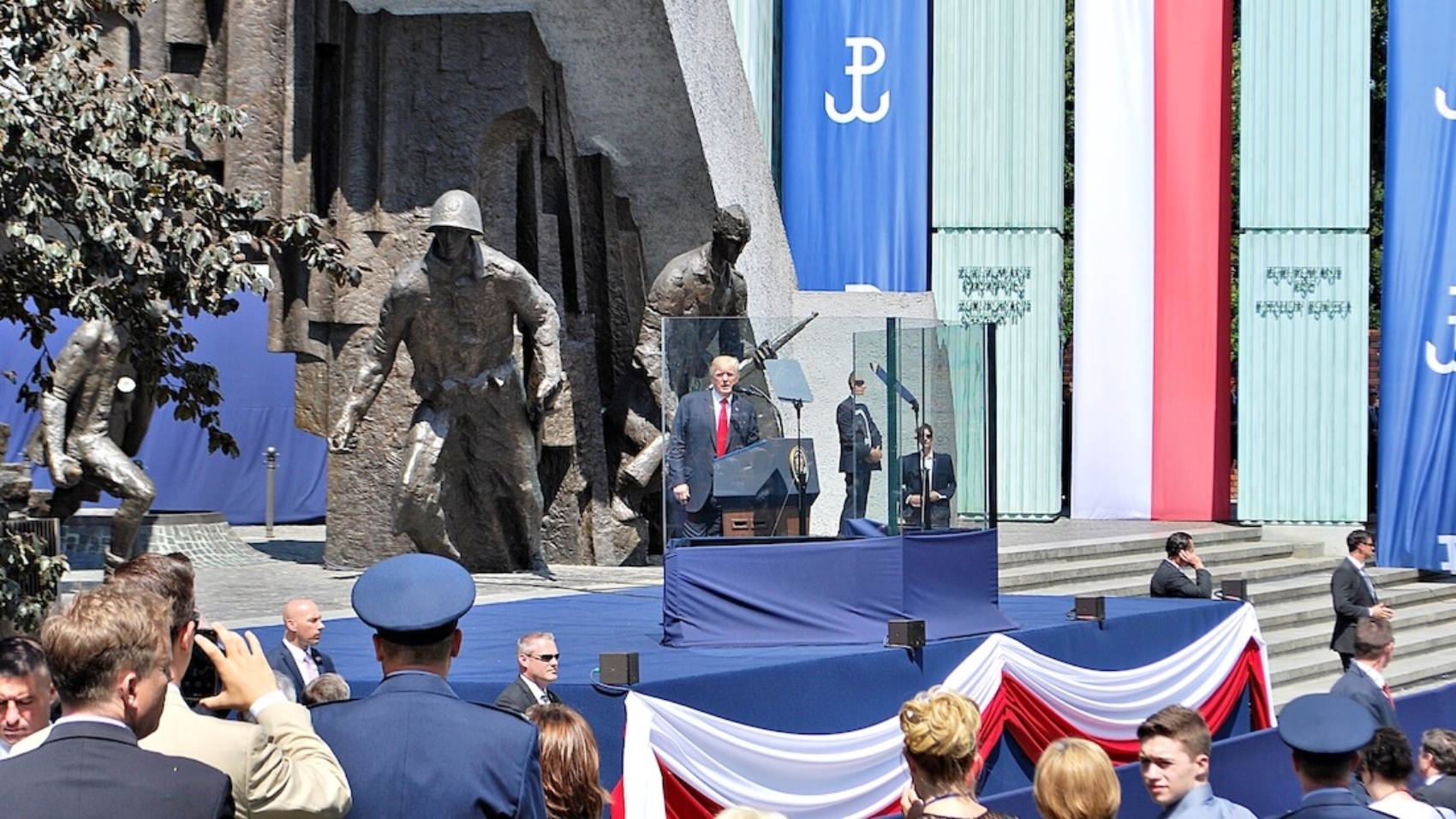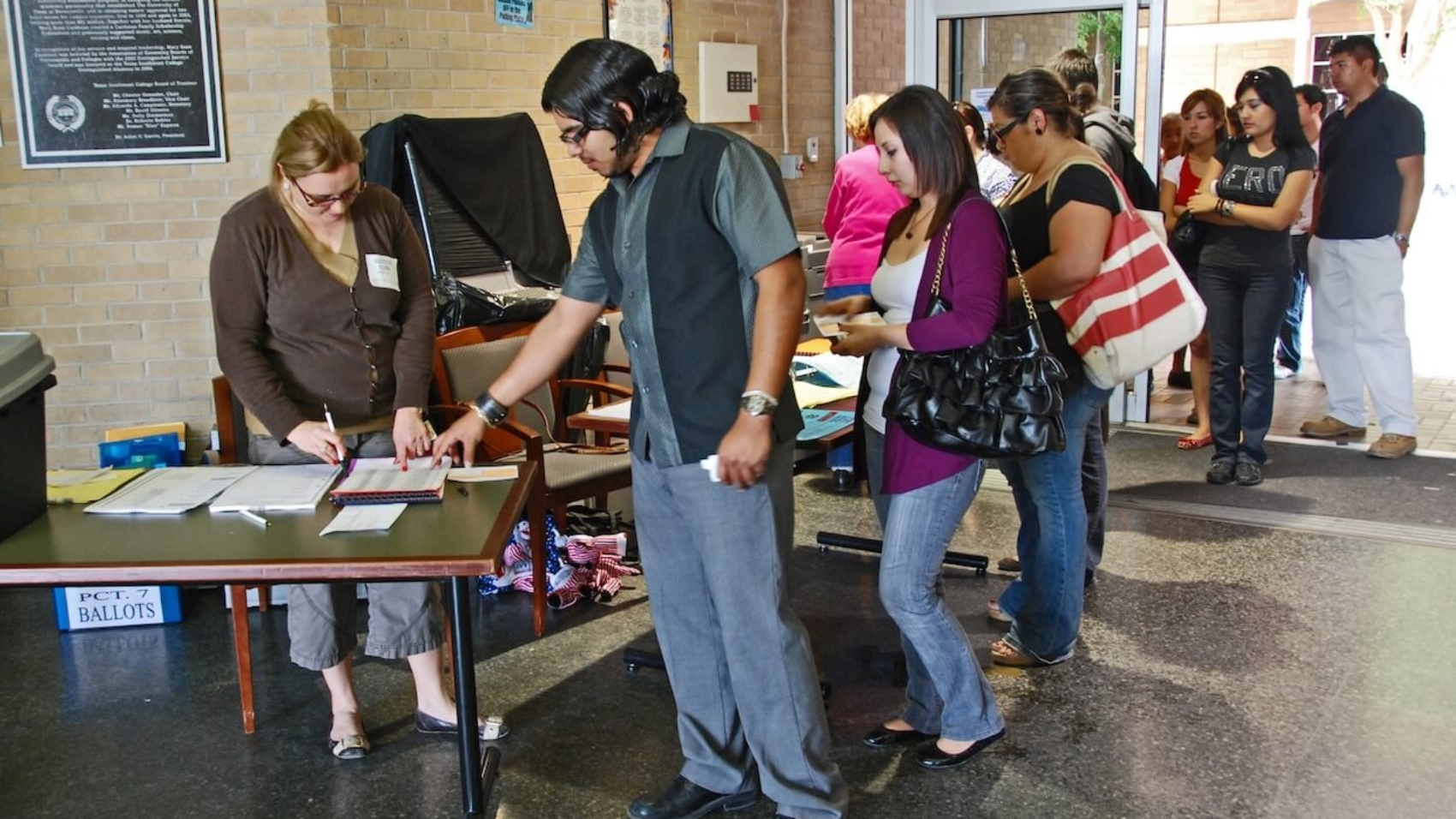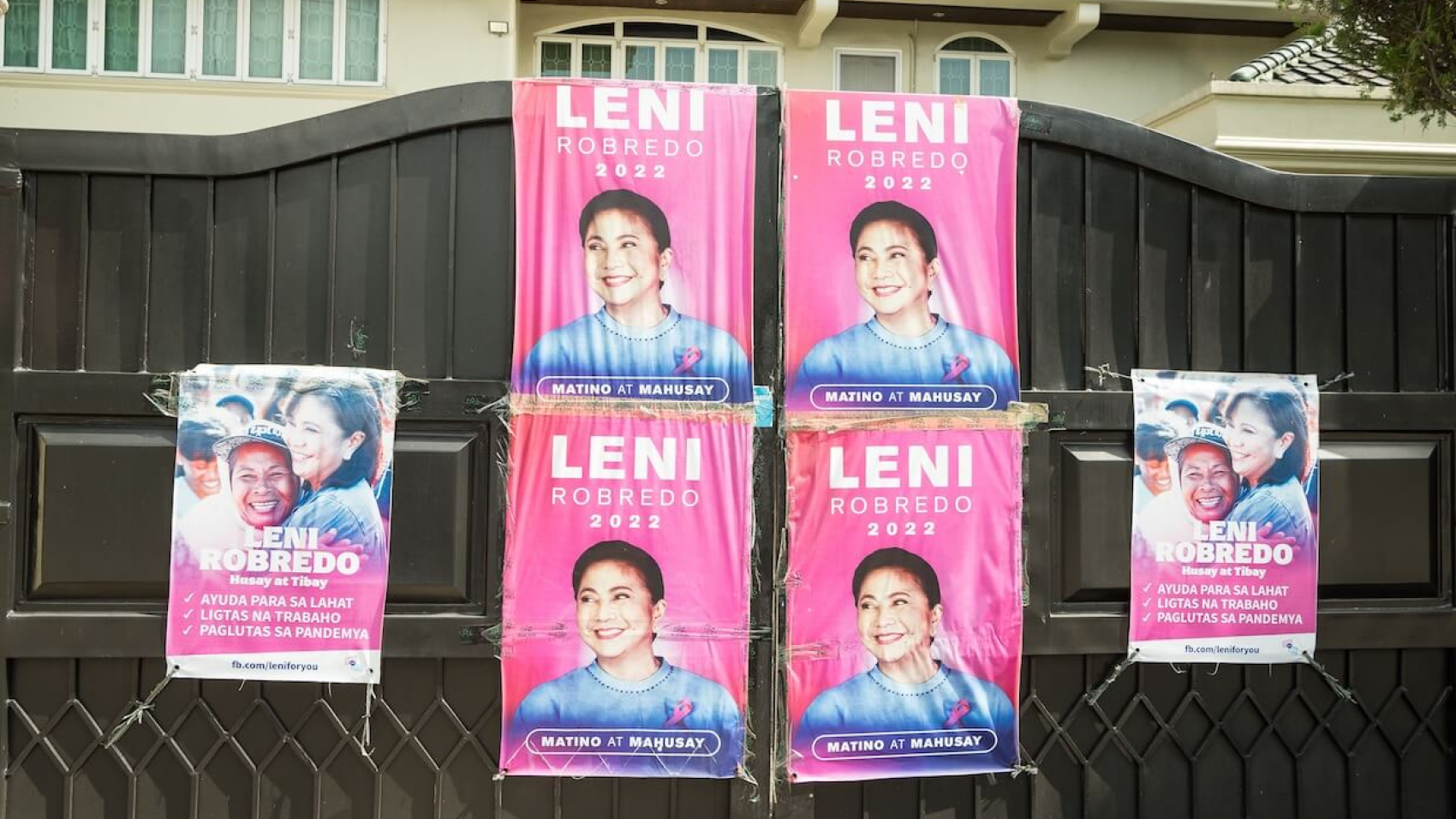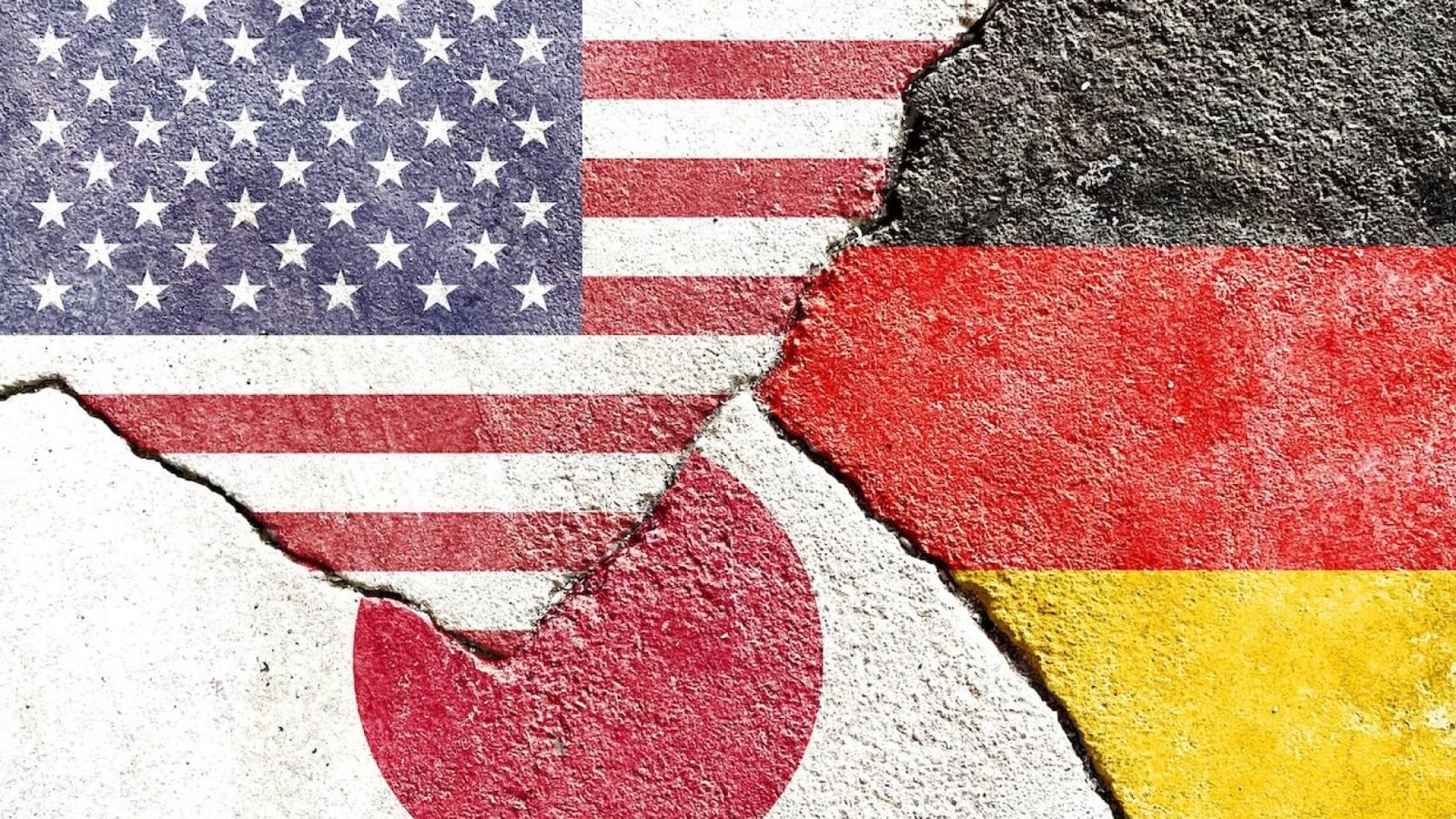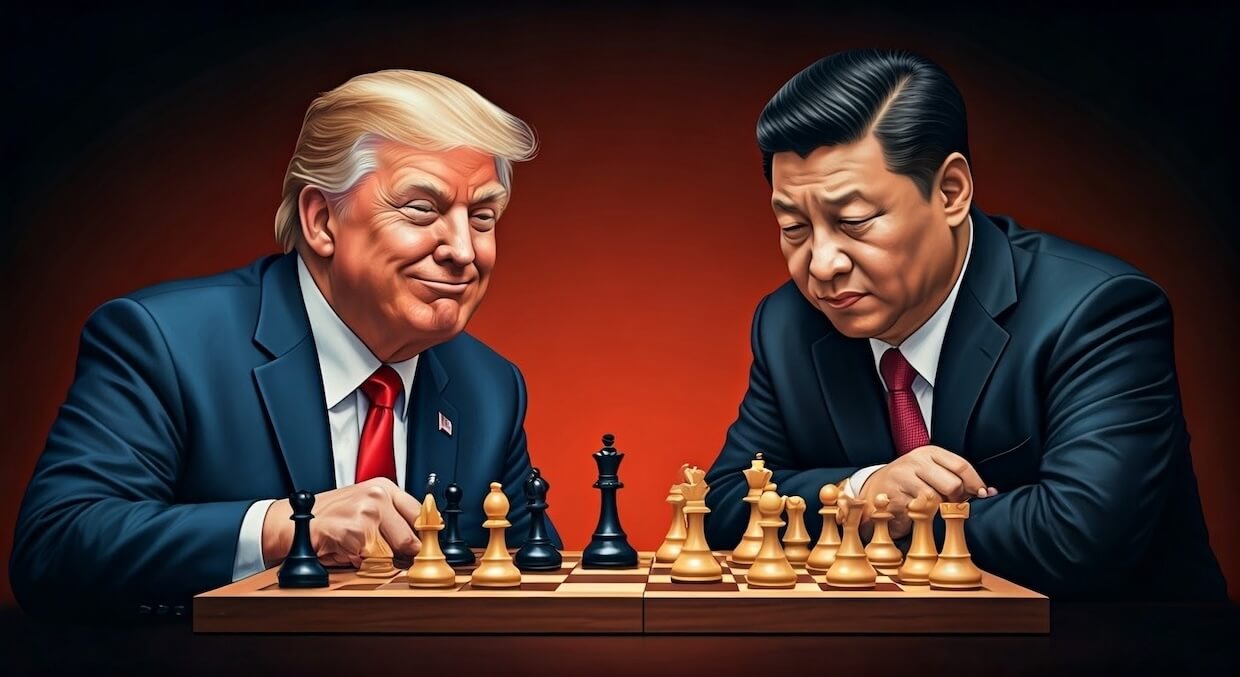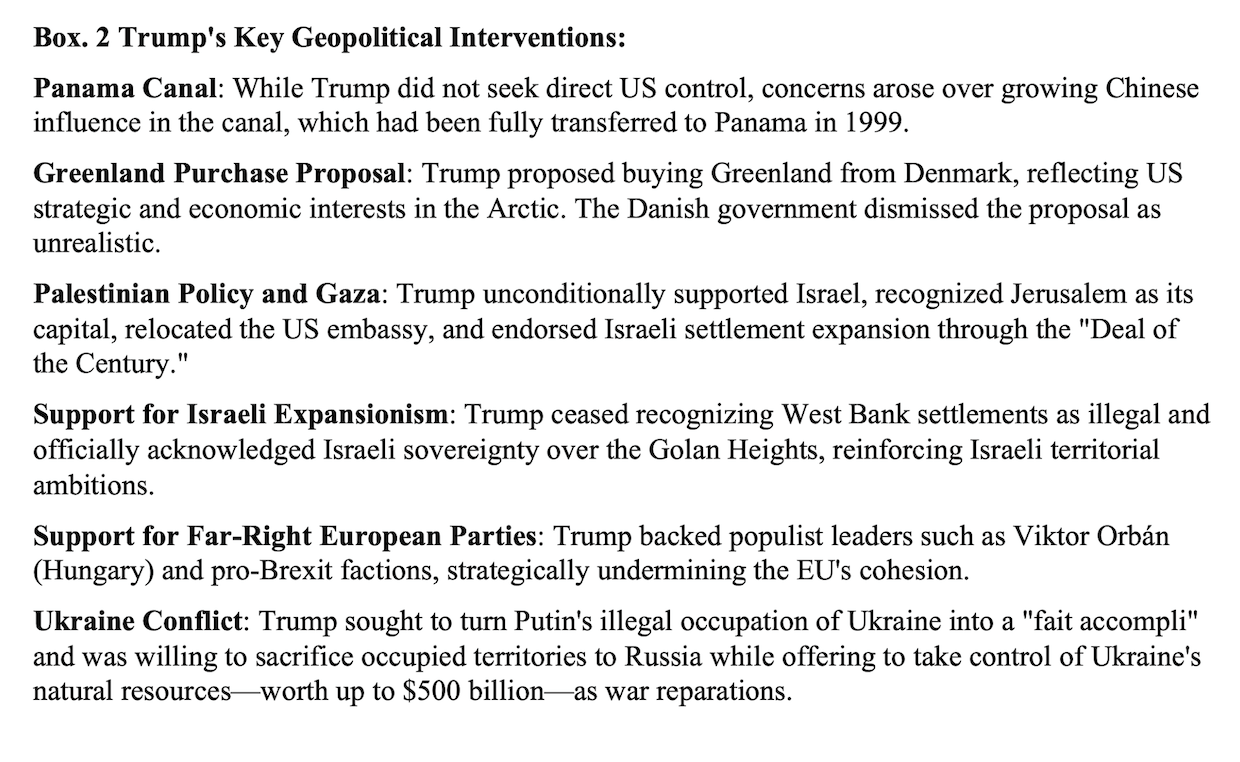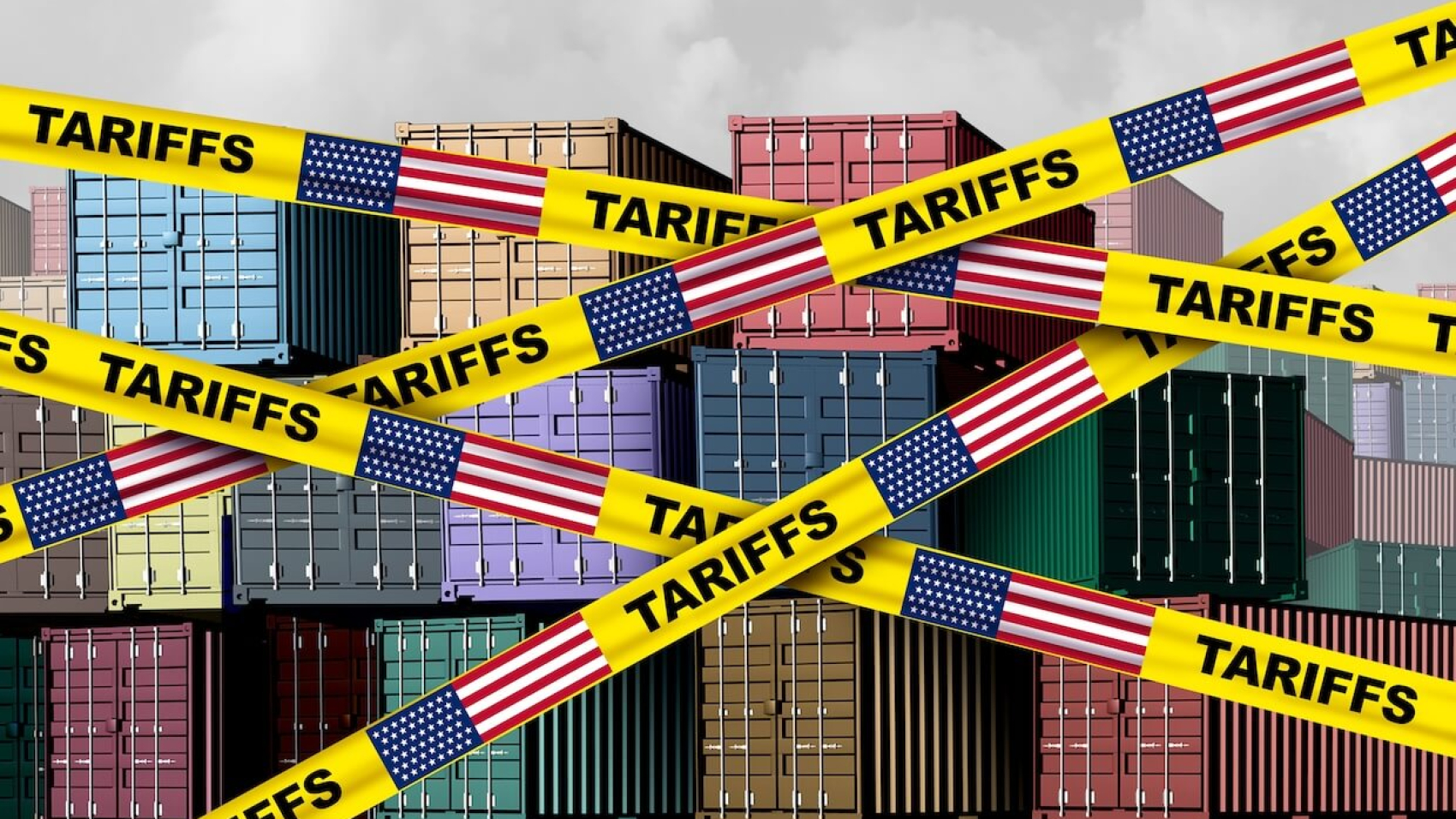Greece has become a critical gateway for asylum-seekers, yet increasingly restrictive migration policies, harsh detention conditions, and reduced aid leave refugees in precarious circumstances. Amid systemic exclusion, NGOs like REFUGYM, Sama Community Center, and El-Sistema Greece foster hope, dignity, and belonging through education, sports, arts, and grassroots initiatives. Drawing on interviews with NGO leaders, refugees, and first-hand field observations, this article highlights both the barriers asylum-seekers face and the community-led solutions redefining resilience. In a climate of tightening borders and rising polarization, refugee-led spaces remain vital for empowerment, solidarity, and imagining more inclusive futures.
By Layla Hajj*
On July 9th, 2025, Prime Minister Kyriakos Mitsotakis announced that Greece will stop the processing of asylum applications arriving from North Africa for three months, claiming that those who enter the country illegally will be “arrested and detained.” Despite the Greek Council for Refugees demanding that there be no suspension of asylum under the premise that it is “illegal,” a violation of international law, and a demonstration of Greece’s failure to guarantee basic fundamental rights, Greece has justified their migration restrictions with the influx of migrants arriving via the Mediterranean route. The government defends that they must halt all illegal migration to increase their country’s security and ensure that they have the adequate resources to distribute to their own citizens, who are currently facing issues such as widespread unemployment.
Despite being one of Europe’s main gateways for migration, with 80% of asylum-seekers who cross the Mediterranean landing in Greece, the country continues to tighten restrictions on asylum seekers, who already face a life-threatening journey to reach the island-nation (IRC). The UN agency IOM reports that as of July 2025, 743 people have died this year as they attempt to cross the Mediterranean to Europe, inducing 538 on the Central Mediterranean route, one of the main pathways to Greece and the deadliest migration route in the world.
Those who make it to Greece live in detention centers, formally called refugee camps. Despite government officials denying all accusations, Cyprus and Greece have been repeatedly accused of human rights violations and push backs against migrants by the European Court of Human Rights and other councils.
While camps have always been isolated, cast away in remote mountains outside of the line of sight of most Greek citizens, they have become increasingly restricted in recent years. In 2020, the Greek government built 10 foot concrete retainer walls around a camp referred to as Malakasa 1, which was already surrounded by barbed wire. Within these towering walls, the government has limited the entrepreneurship of refugees, including shutting down most, if not all, of the small businesses running in the camps.
The government has even limited assistance for basic survival necessities. In 2021, between the months of October and December, the state stripped asylum seekers of cash card assistance, a provision that impacted many thousands of asylum-seekers (Refugees International). In 2024, cash assistance was not paid out to migrants for the months of May, June, July, and August. Recently in March of 2025, the government reduced the eligibility period for Refugee Cash Assistance (RCA) and Refugee Medical Assistance (RMA) from 12 months to 4 months. The government has not provided a specific reason for the halting of said assistance.
In an interview with Britty Grace, founder of the NGO REFUGYM and a former service worker in Malakasa 1, she shared some insights into the realities of life inside the camps. “People refer to the camps as prisons” she revealed. People are often uninformed of their rights, detained in the camps for weeks on end for paperwork processing, which inhibits their ability to get a job and provide for their families, and are stripped of housing opportunities overnight. And when asked if the conditions inside of camps have improved over the years, she responded with a direct “No. Things have gotten worse. And when you think things can’t get any worse, they do.”
Britty Grace started working in camps in 2016. Two years later, she started REFUGYM, an NGO that provides community-led-sports programming and language lessons to asylum-seekers. While there are many NGOs like Grace’s dedicated to servicing individuals living in refugee camps, the Greek government has placed several restrictions on their entry. According to Grace, the process of registration with a camp is “very expensive, bureaucratic, and difficult. Even after registration, it ultimately comes down to the discretion of the camp manager. Oftentimes, they don’t provide a reason for kicking us out. And I guess they don’t have to – they’re in charge.”
Grace was kicked out of the camp 5 times over the course of 6 years for trying to implement REFUGYM. “When I started it (REFUGYM), I had always created it to be a community led gym in the eventuality I would be kicked out. That way, it wasn’t completely dependent on me. So when I was forced to leave, REFUGYM was still able to continue for 6 years being led by the community.” However, her continued removal from the camps made management of her organization incredibly difficult, forcing Grace to eventually move her services to an external location.
A colleague of Grace’s, Katerina Tsikalaki, who now collaborates with Grace at her new location, shares similar experiences from working within the camps. As the co-founder of the NGO Science United, she is dedicated to providing science education to displaced youth in Greece. A valuable aspect of her services is providing children with the opportunity to go on field trips to observe the subjects they are learning about.
Tsikalaki shared a vivid memory of a setback she faced while implementing her travel programming: “A few years ago, I spent time planning a science field trip for the kids so that they could visit the Athens Science Festival. It was a much needed opportunity for them to get out of the camp and learn. However, on the planned day of the excursion, the minister abruptly decided to lock down the camp for what he described as procedures. Instead of a fun science excursion, the kids were stuck in the camps all day, watching their parents run through another round of security checks.”
“This was not an isolated event,” Tsikalaki continued. “While residents are allowed out of the camp, they must show identification. And if something goes wrong, they must remain in the camp until further notice. The children, and even adults, absolutely do not have the same rights as Greek residents outside of the camps. But it’s not surprising. We now have a very far-right minister of migration and asylum, Thanos Plevris.”
In the face of strict policy, refugees, with the support of NGOs, still manage to create their own spaces for belonging and success. Since relocating REFUGYM to the Sama community center, positioned right outside Malakasa 1 and 2, Britty Grace has been able to do so much more with her organization. A big part of REFUGYM’s programming has always been the escapism element that it presents participants – before from the typical day in the camps and since relocating, from the camps altogether.
“People come to hang out at Sama when we’re not there. It’s a safe space – a home,” Grace reflects.
Jumping in to support Grace’s comment, a refugee attending a Sama event revealed that “Sama makes life in the camps bearable. Sama gives me a purpose. When I leave to go back to camp, I am more joyful and hopeful.”
Sama is both a place of comfort and excitement. REFUGYM’s sports programming includes climbing trips, hiking, watersports, boxing, yoga and more. The center also hosts women’s weekly only days, cultivating a space in which women feel empowered and secure by offering activities like self-defense and meditation. On top of programming, Sama offers medical services and asylum support every week with the help of doctors and social workers from other NGOS.
A 16 year old frequenter of Sama serves as a prime example of the impact of the centers’ multifaceted program opportunities. He came to Sama illiterate and with a very bad eye condition. However, Britty Grace was able to connect him with an ophthalmologist and get him strong prescription glasses. From that point forward, his confidence increased exponentially. He became literate and learned English within months. Now, he helps translate the English classes for his less-fluent peers. This boy is one of many dedicated participants at the Sama community center. “People often attend 3 or 4 language classes. They are thirsty and keen for knowledge!” Grace exclaimed.
“Over the years a lot of people have asked me to write reference letters for them from when they were a leader in our program, and then that helped them to obtain a job,” Grace revealed. Their dedication inside Sama presents far-reaching opportunities.
Sama community center has also manifested into a space for cultural exchanges. Oftentimes, a Greek native named Maria, who helps teach the Greek lessons, plays music for the migrants on weekends. In return, migrants teach songs to their peers in their native language. “It is a super lovely reciprocal exchange of music. This is such an amazing, organic element that we should encourage,” Grace reflects. “Music is so universal and is an incredible way to promote mutual understanding and connection.”
El-Sistema Greece, a partner organization of REFUGYM, utilizes music as its key tool to promote unity. The organization is a Greek-led NGO that teaches music to both displaced youth and Greek locals, cultivating a space that promotes understanding and cohesion. The team is adamant that they remain a completely Greek team in order to foster a tight-knit community that promotes Greek inclusion, and makes the clear statement that Greece is an inviting country.
In an interview with Anis Barnat, co-founder of the NGO, he explained that: “What we developed is not so much music lessons, it’s nice but it’s not the purpose of what we’re doing. The social element is the most important one and the values that we’re giving to the kids, like learning how to understand differences and how to understand that barriers are most of the time very psychological so you have to overcome that. We try to give our kids as much control over the lesson plan as possible, and encourage them to work together in order to devise a plan. This is the thing that is lacking, I think, in the world in general. Fear and polarization are overtaking our world – and we seek to combat that division through El-Sistema. I love the arts, but we are creating good people, good leaders, and good citizens.”
“It’s essential to start community led projects so that they can be sustainable,” adds Grace. “In such programs. community members feel like it’s their space, so they contribute to it. It’s not just something that they passively show up to. They contribute to it, they help with upkeep, cleaning, and teaching. It’s a collective space as opposed to a hierarchical one.”
We will only see more people displaced from their home countries with the rise of climate change, poverty, and global conflict. In such a time, it is critical to lean on communities and cultivate spaces for inclusion. In the words of Britty Grace, “we must break down barriers in order to foster belonging.”
Layla Hajj is a rising senior at the National Cathedral School in Washington, D.C., and the founder of Refugee Youth Support, a 501(c)(3) nonprofit providing tutoring, mentorship, and school-prep programs for refugee children in the DC area. Over the past three summers, she has interned with the Blossom Hill Foundation, supporting educational initiatives for displaced youth worldwide. She has also traveled to Jordan and Greece to teach English to refugee children, conduct interviews with migration experts and asylum-seekers, and document grassroots efforts to build inclusive communities.
As a youth writer and advocate, Layla works to empower migrant youth and address systemic barriers facing displaced communities. For this article, she draws on interviews with NGO leaders and refugees, as well as her first-hand experiences working near refugee camps, aiming to amplify and contextualize the voices of migrants themselves.
References
Al Jazeera. (2025, June 17). “At least 60 people ‘feared dead’ after shipwrecks off the coast of Libya.” https://www.aljazeera.com/news/2025/6/17/at-least-sixty-asylum-seekers-missing-after-shipwrecks-off-the-coast-of-libya (accessed on September 1, 2025).
Al Jazeera. (2025, July 9). “Greece halts migrant asylum processing from North Africa.” https://www.aljazeera.com/news/2025/7/9/greece-to-halt-migrant-asylum-processing-from-north-africa (accessed on September 1, 2025).
Greece Refugee.info. (n.d.). “Information and services about rights and procedures for refugees in Greece.” https://greece.refugee.info/en-us (accessed on September 1, 2025).
Mixed Migration Centre. (2024). Quarterly Mixed Migration Update: Europe. https://mixedmigration.org/wp-content/uploads/2025/02/QMMU-2024-Q4-Europe.pdf
International Rescue Committee. (n.d.) Refugee Inclusion, Greece. https://www.rescue.org/country/greece (accessed on September 1, 2025).
Spinnicchia, C. (2025, April 11). “Greece: Government suspends cash assistance to asylum seekers for nine months.” Melting Pot Europa. https://www.meltingpot.org/en/2025/04/greece-the-government-has-suspended-economic-assistance-to-asylum-seekers-for-9-months/ (accessed on September 1, 2025).
MedMA, Mediterranean Migration & Asylum Policy Hub. (2025, February 24). “Unpacking Greece’s 2024 Migration & Asylum Report: Data and Trends. https://med-ma.eu/publications/unpacking-greeces-2024-migratio (accessed on September 1, 2025).

